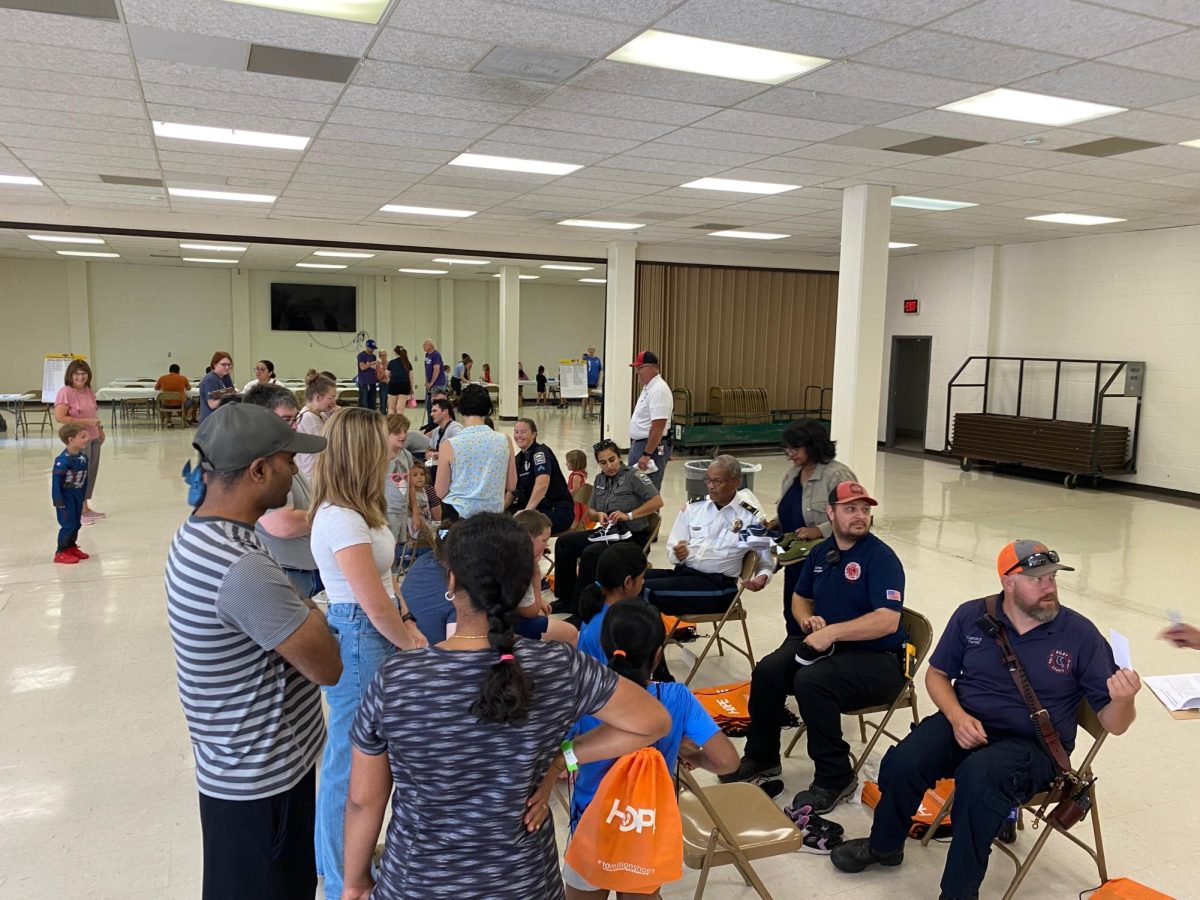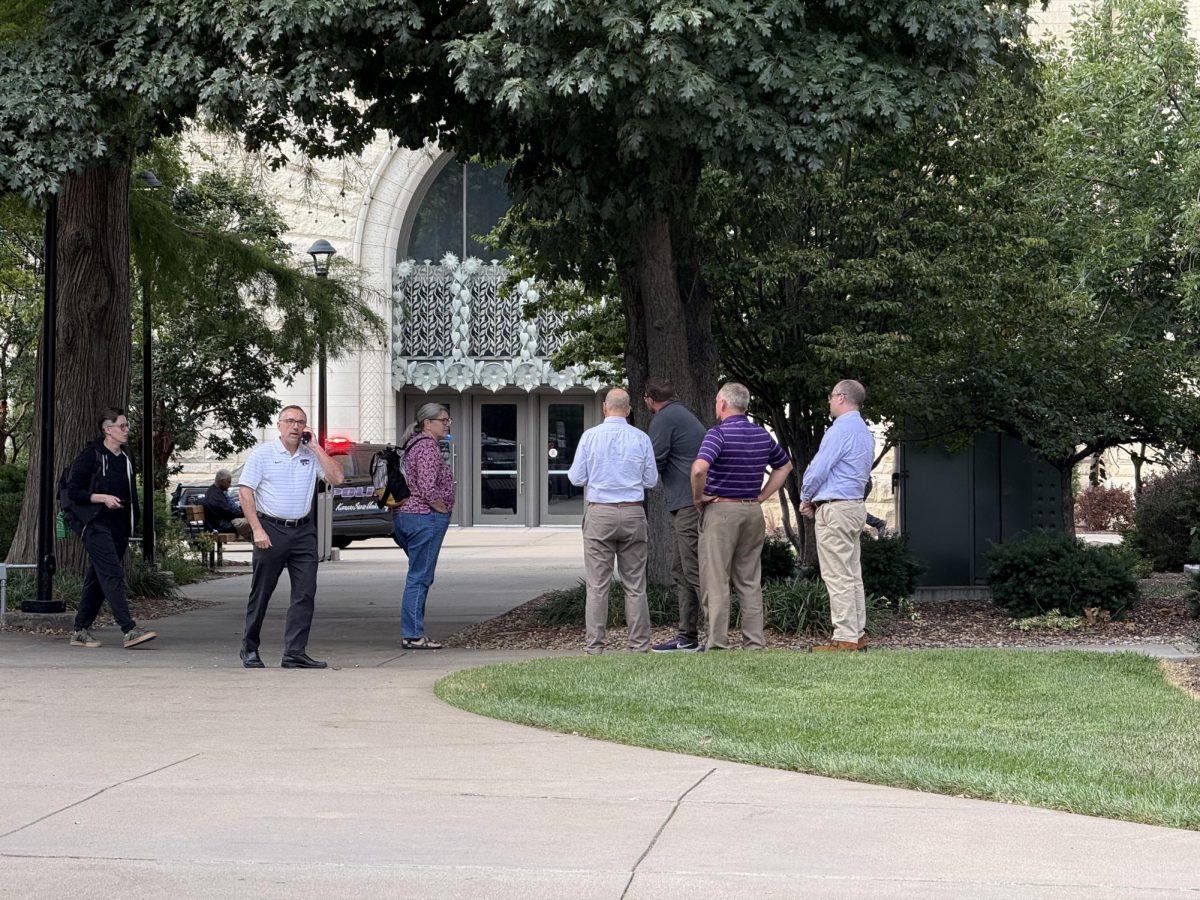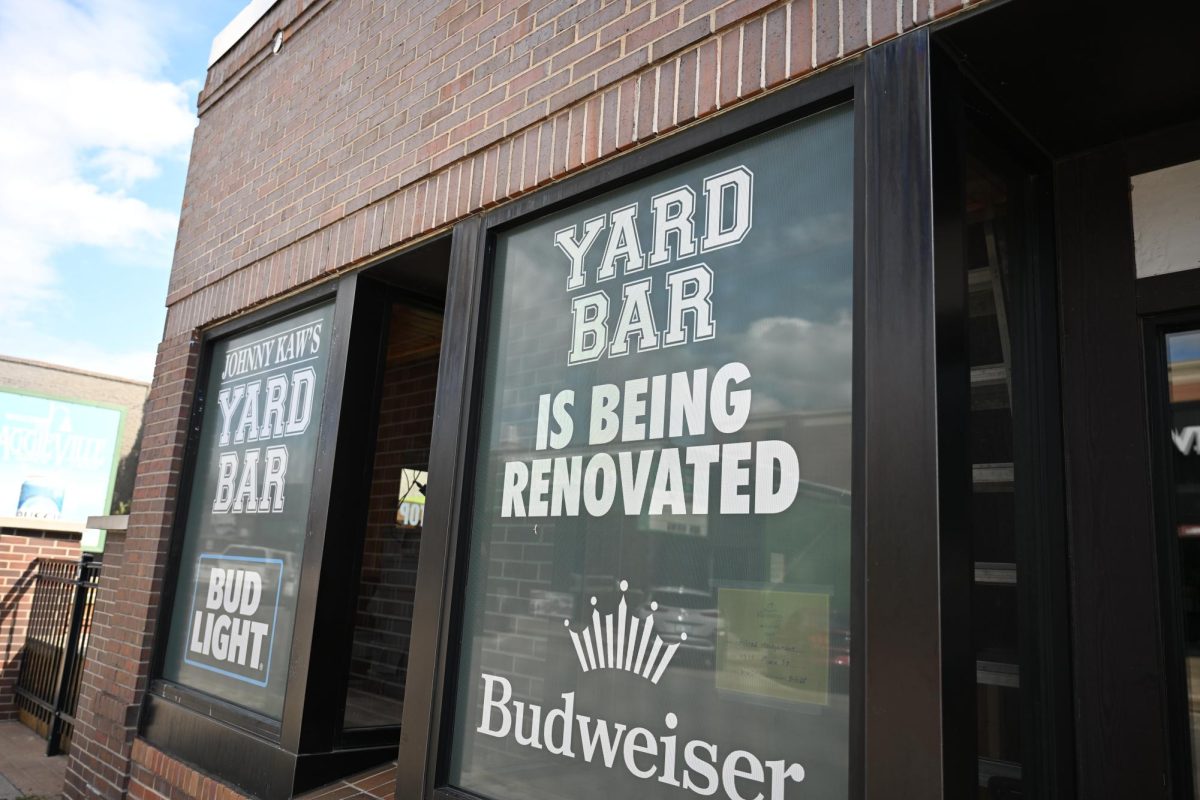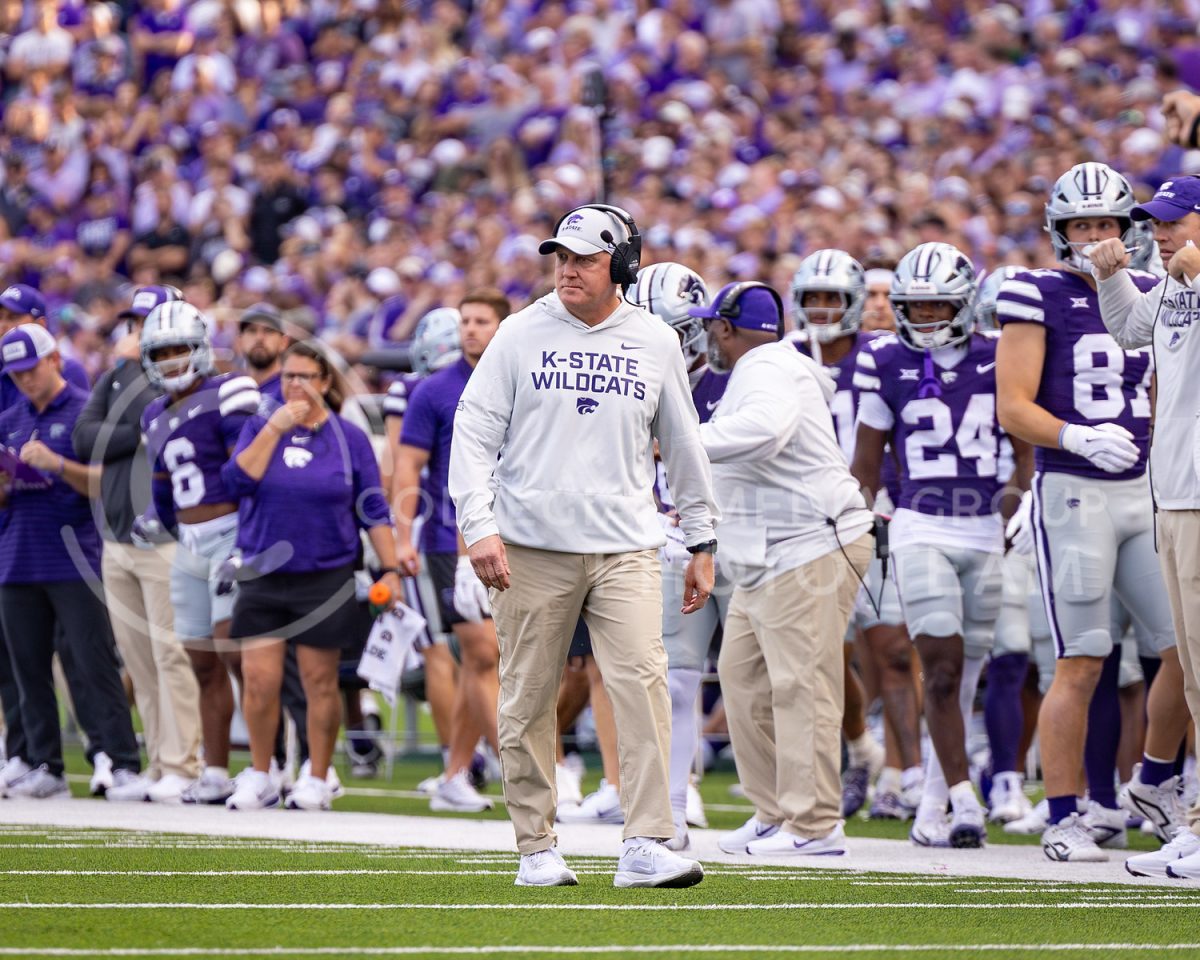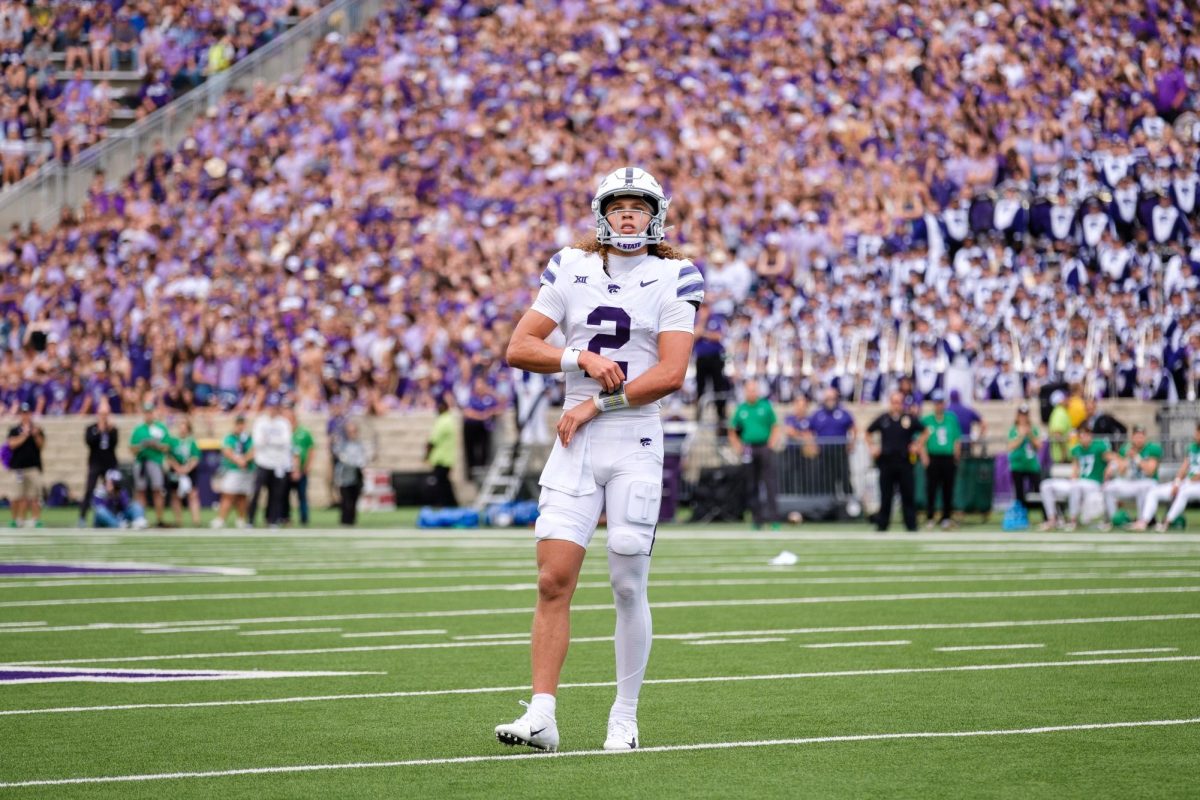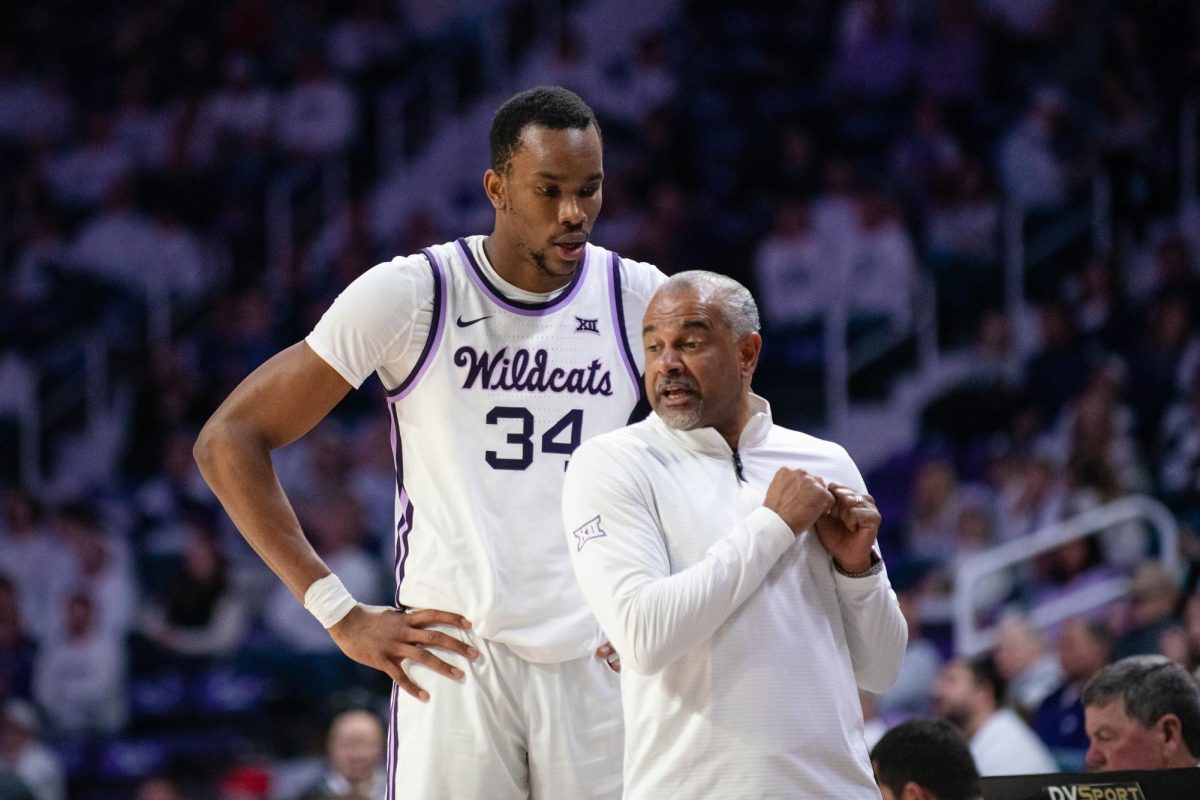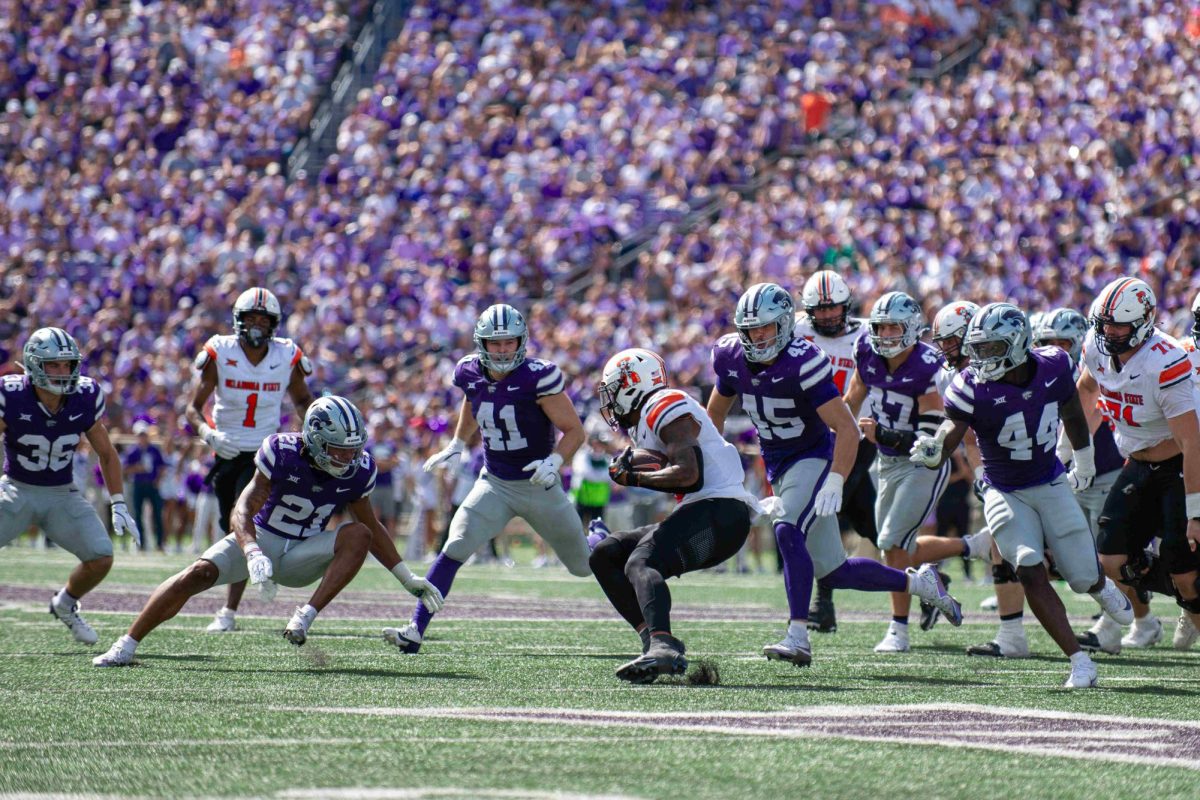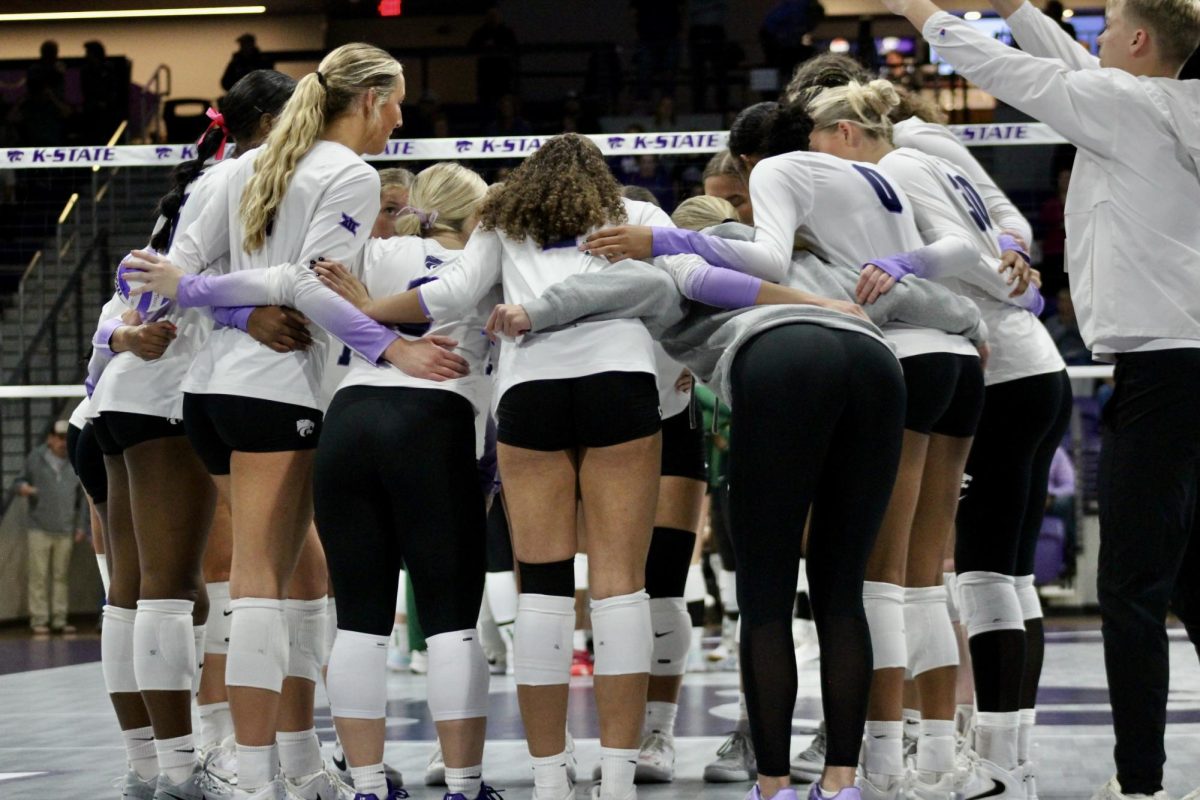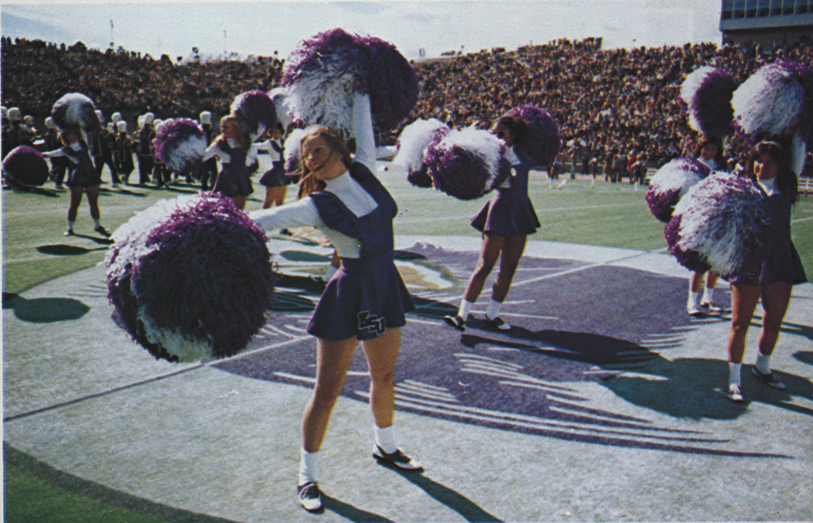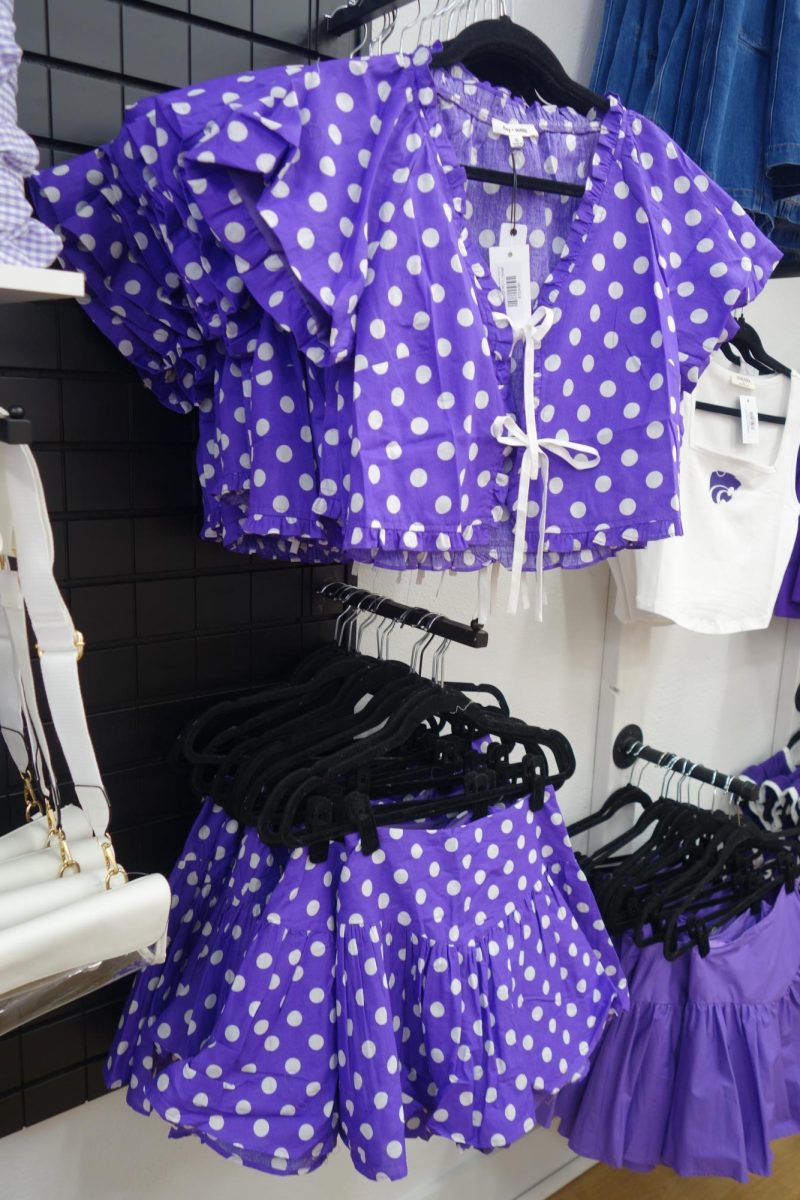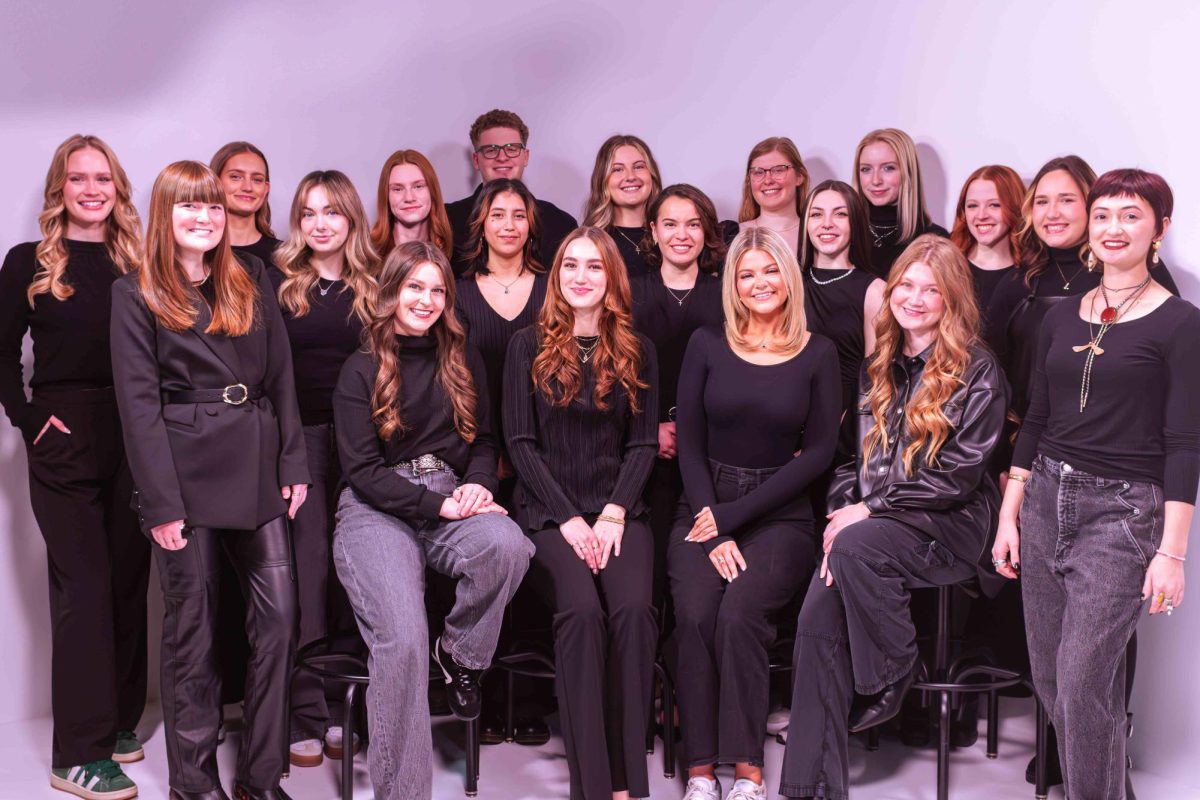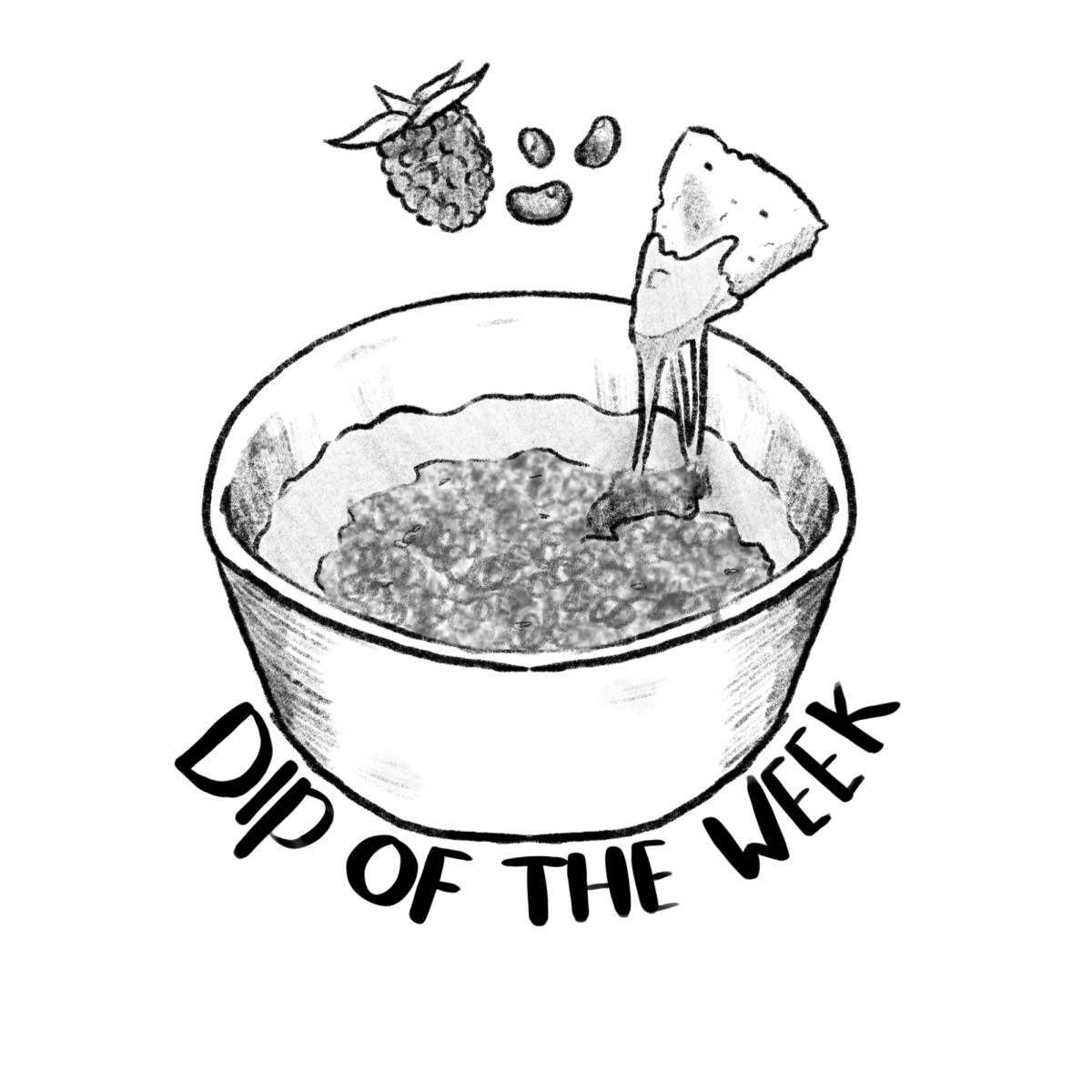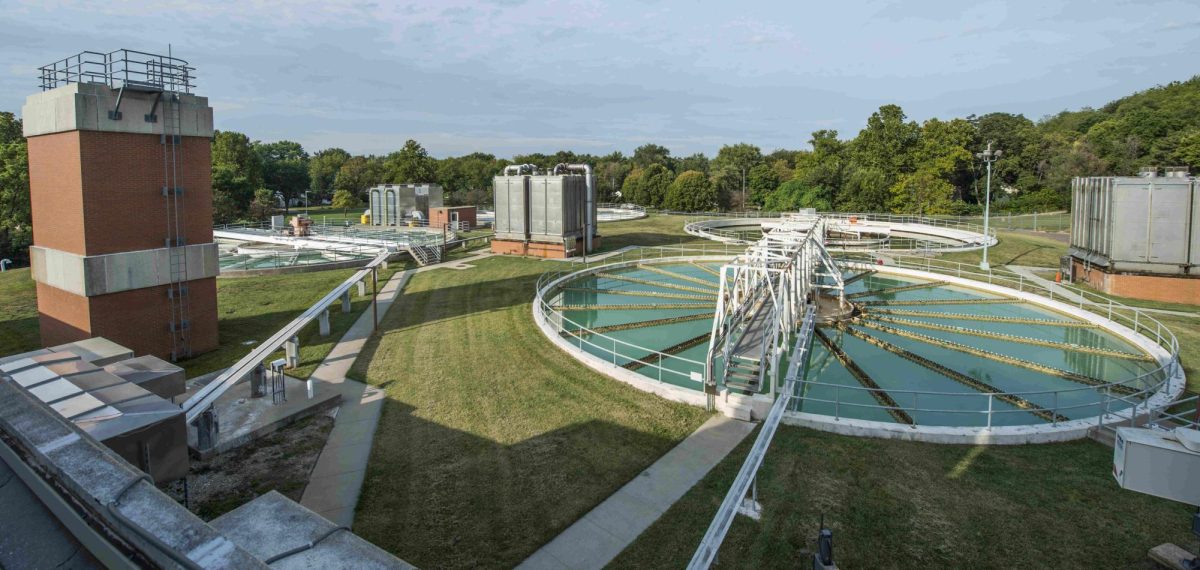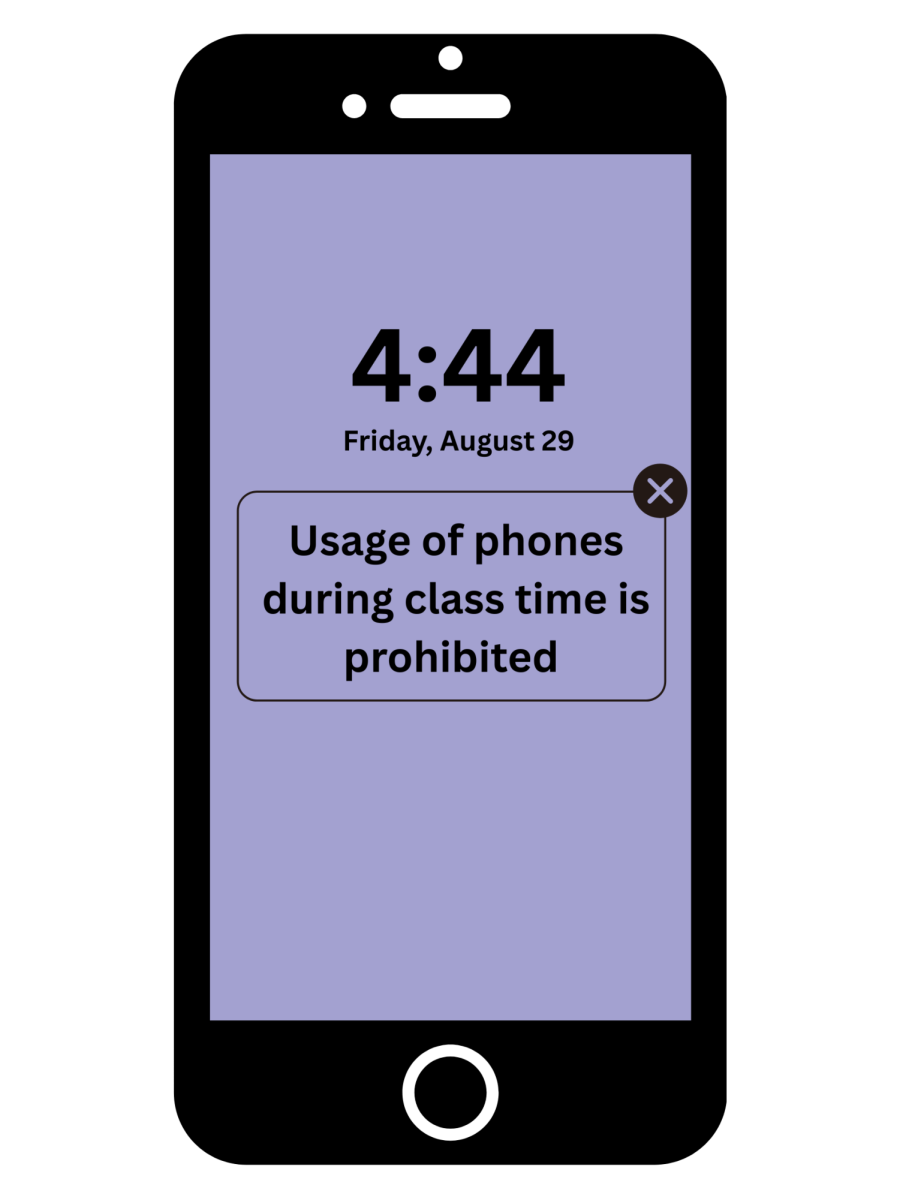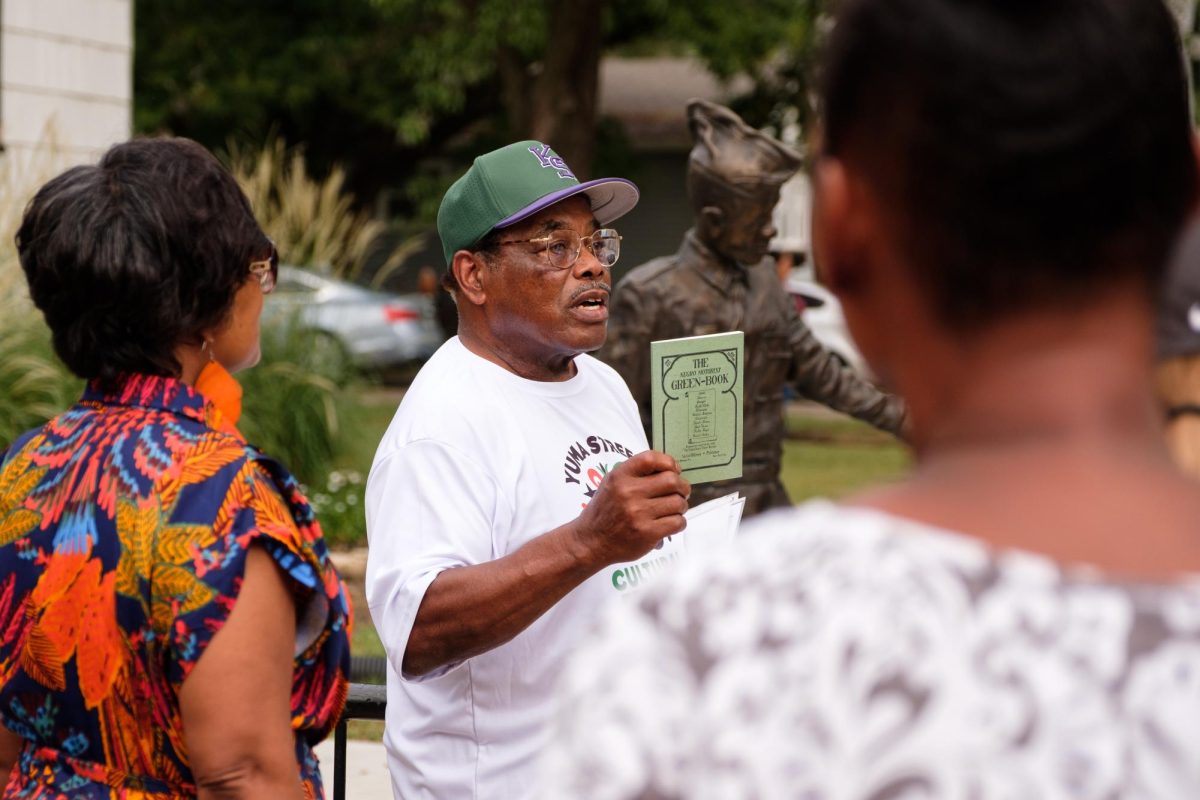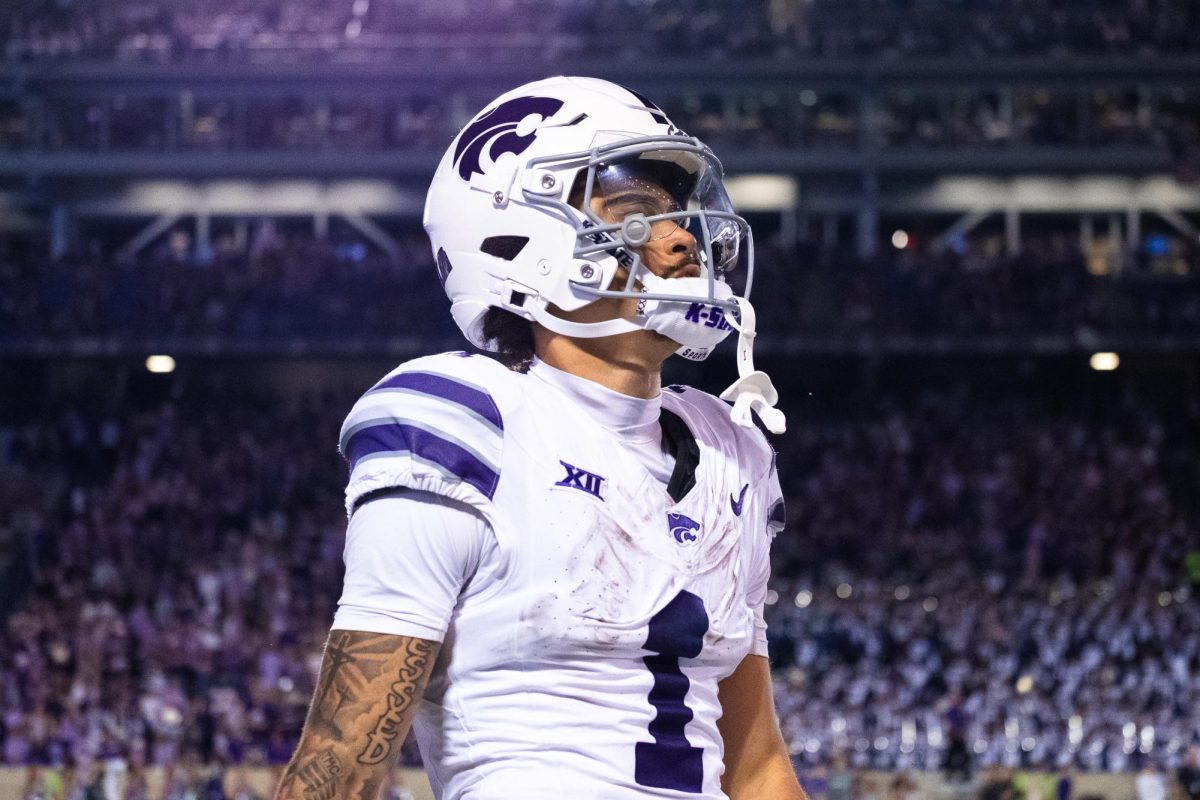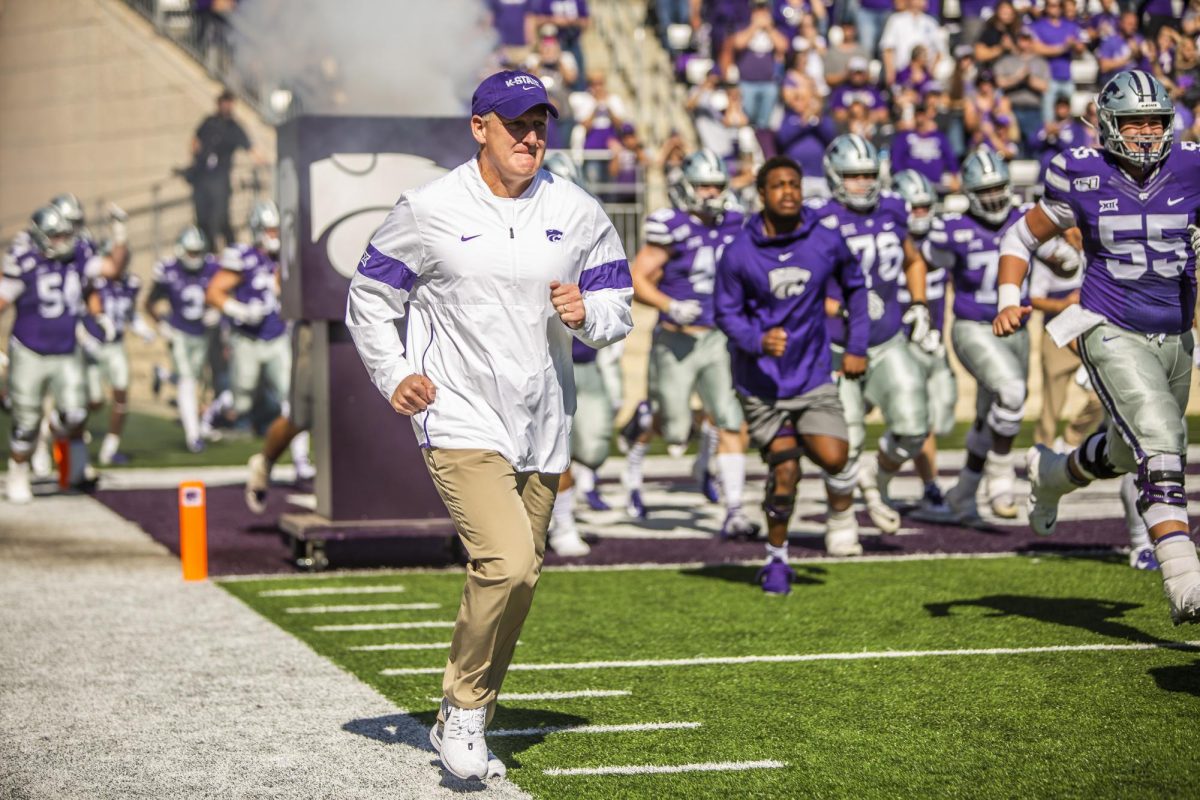The City of Manhattan announced no instances of lead were found in private or public utility service lines on Nov. 13.
The results are part of a multiyear effort using predictive analytics to survey 9,100 water service lines and build a water utility material map in accordance with the 2021 Lead and Copper Rule Revisions.
Kevin Niles, director of public utilities, said the city reached this conclusion using a combination of historical data, visual inspections and statistical analysis completed by a third party.
“The key takeaway is to know that there’s no lead in our service lines, as well as in the city life side of the system,” Niles said. “Strong statistical analysis can determine that there is no lead in Manhattan and that there’s no concerns at this time with any kind of lead within the drinking water.”
According to the CDC, lead is a toxic metal that can accumulate in the body over time and is harmful to human health even at low exposure levels. The Environmental Protection Agency set a maximum contaminant level for lead in drinking water at zero.
Andrew Lawson, communications director for the City of Manhattan, said his team conducted a survey in 2022 for the public to self-report visual inspections of their service lines, which the city intends to continue.
“What we’re trying to do now is fill in the blanks, so to speak,” Lawson said. “The modeling is reliable and gives more confidence results, but it never hurts to confirm that with observation.”
The Lead and Copper Rule Revisions replaced the 1991 Lead and Copper Rule, which was the National Primary Drinking Water Regulation created by the EPA.
Niles said the new rules changed Manhattan’s reporting requirements and took effect in October.
“The [EPA] basically has required that all municipalities or public drinking water systems do a test based on lead and copper,” Niles said. “And depending on the results from those initial tests, they would then tell you if you needed to do it either annually or every three years. The revised rules … required all public drinking systems to do a lead and copper inventory of their entire system, meaning you needed to inventory both the public side and the private side to see if there were any lead or copper connections.”
Nicholas Dvorske, senior in music education, said the results are part of the government’s “essential service to making sure our water is safe.”
“It is part of the government’s job to look out for public health, and this is an important and effective way to do that,” Dvorske said. “I think it’s a good thing that we keep these essential services going, and keeping our water drinkable, so that our citizens are safe, but also keeping the water free of contaminants, so that the ecosystem as a whole stays healthy.”
Niles said he was proud of the job his team has done in Manhattan.
“My team worked very hard and diligently over the last couple years to put this whole program in place, and to make sure that we were providing accurate and reliable information to the community,” Niles said. “I’m confident in saying that the City of Manhattan is lead-free.”
The complete summary of the statistical results and the water utility material inventory map are available on the Manhattan water quality customer information page.


